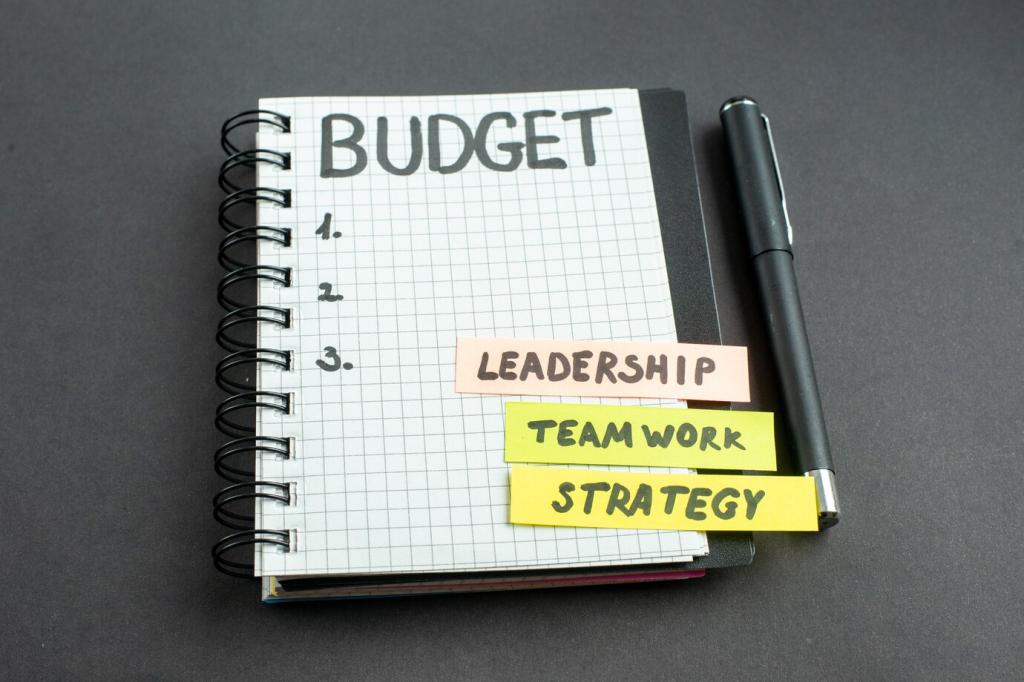Build a Realistic Startup Budget
Document your assumptions for salaries, software, marketing, and unit costs. Call vendors, compare tiers, and negotiate annual discounts only after validating fit. Update the budget monthly as facts replace guesses. Tell us your most surprising cost discovery so others can budget smarter too.
Build a Realistic Startup Budget
Start each cycle at zero and justify every expense against specific outcomes. This discipline keeps experiments tight, prevents vanity tools, and frees funds for channels that actually convert. Want a simple zero-based template? Comment “ZBB” and we’ll share a lightweight spreadsheet you can duplicate today.











